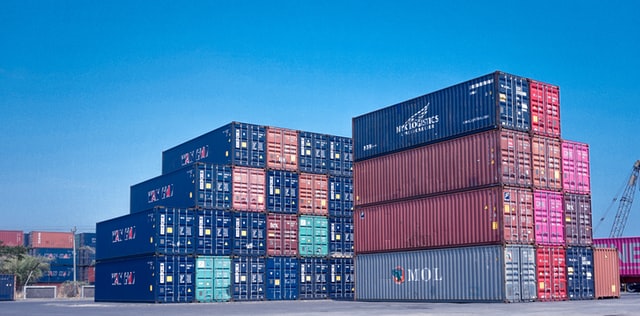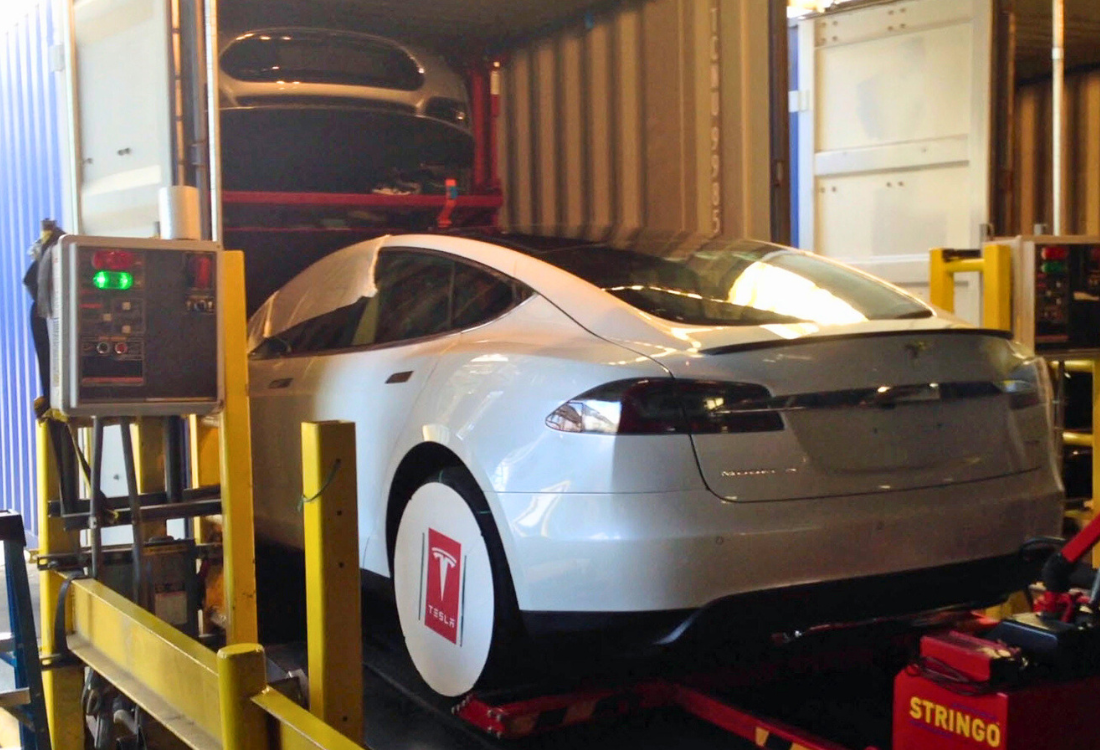
Container shipping and sustainability have had a fractious relationship. However, containerised transport is also seen as an answer to the carbon problem, and new technologies are injecting possibilities into an increasingly vital sector. Here are 5 developments that are making waves in the waters of sustainability.
1) Greener Fuels
It may sound like a fantasy, but innovators claim that zero emission ships are not just a concept, they are steaming towards reality. There are plenty of ideas floating around, with candidates for green fuels including ammonia, hydrogen, liquified natural gas (LNG), biofuels, methanol, and nuclear. Wind, wave, and solar power will also play a role, with the final design likely to comprise a hybrid concept.
2) Fleet Modification
To satisfy the demands of the International Maritime Organisation’s (IMOs) emission targets, all cargo ships need to become more efficient. However, as every vessel is used for an average of 40 years, scrapping existing ships is not a viable option. Modifications include the integration of smart technologies, alterations to loading and unloading methodologies, and space optimisation techniques. For instance, if every available inch of a container is utilised with the help of design solutions such as vehicle racking systems, the journey increases its fuel efficiency.
3) Smart Engine Design
The perfect solution for environmentally responsible fuels may not yet have been found, but in anticipation of forthcoming restrictions on volatile organic compounds (VOCs) ship designers are getting prepared. Engines are being engineered to function on a wider choice of fuels, including those that are not yet available. Additional technologies such as turbochargers help to further increase efficiency and reduce fuel consumption, powering the industry towards a greener future.
4) Container Space Optimisation (Via Efficient Racking Systems)
Wasted space is wasted energy, and a range of technologies are being used to tackle the problem. Software is helping to organise the interior of containers so that space is optimised, and racking solutions such as those offered by Trans-Rak are further helping to maximise container volume potential for vehicle shipments. For instance, our racks enable up to four vehicles to be transported in each 40ft container, effectively doubling their capacity when compared to traditional wooden racking systems.
5) No-Ballast Ships
Ballast may help to keep ships floating upright, but in sustainability terms it offers a host of problems. In particular, ballast enables the transfer of micro-organisms from one ecosystem to another, enabling cross-contamination. To avoid this, expensive and energy-hungry filtration, chemical biocides, UV radiation are currently required. Ideas for ballast-free ships include the use of continual streaming, so that the only water held on the ship is local to the environment. Such designs are predicted to save around $540,000 per ship in fuel reductions alone, with the savings passed on to the logistics sector.
Find Out More
As a vital element of globalised economies, container shipping is at the forefront of sustainable design. Greater efficiency is accompanied by a host of benefits, including cost savings, faster delivery times, and greater agility throughout the supply chain. To find out more about how high-strength steel racking systems can improve your carbon footprint, please give us a call, or request further information through our [contact form].
Image source: Unsplash















